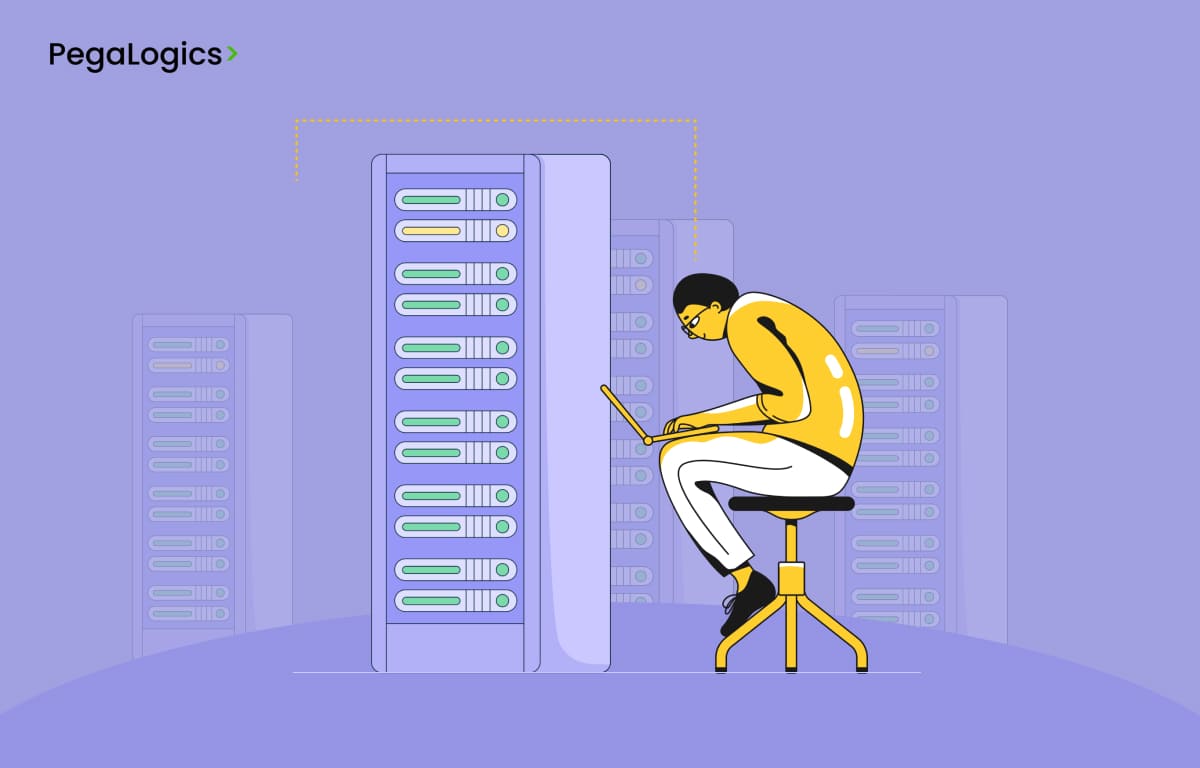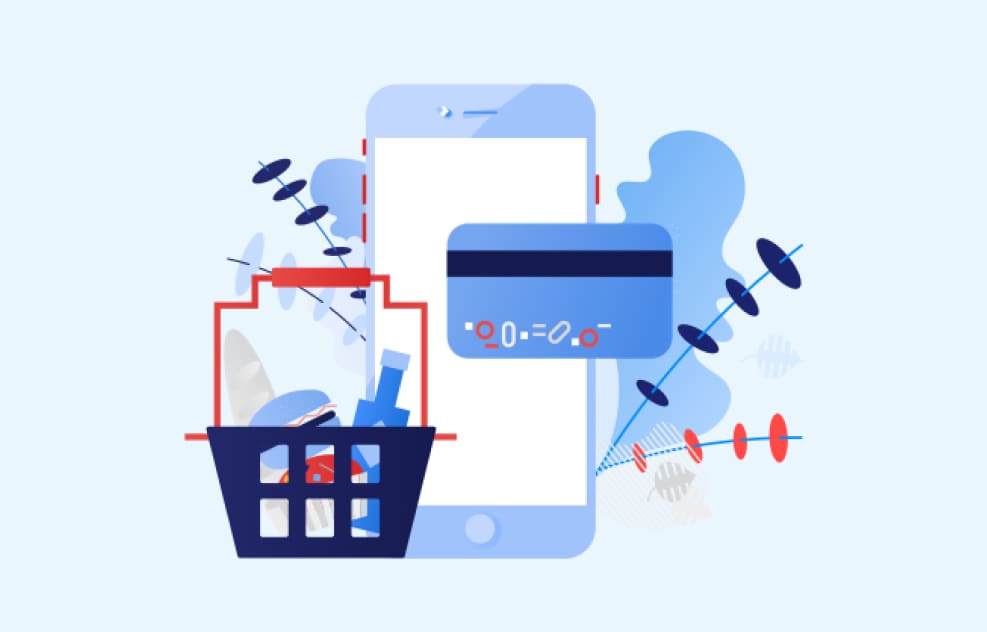If you’re thinking about launching a new business or an app in the near future. You’ve probably been thinking about all the parts of your business that you will need to get off the ground. For example mobile app development, marketing, etc. However, one piece of your business that you may have overlooked so far is your backend-as-a-service (BaaS).
The internet has created an entirely new set of problems for businesses as well as new solutions. One of the more interesting new developments in the digital space is backend-as-a-service, or BaaS, technology.
BaaS companies can offer their customers many features and services. These services were once only accessible to enterprise companies, and they’re able to do it at a fraction of the cost.
In this blog post, we’ll explore the ins and outs of backend-as-a-service. That is: why it’s beneficial to your business, and how you can find the right match to meet your needs.
The Brief History Of Backend-As-A-Service
In the early days of the internet, businesses built their own apps or websites from scratch. This was a time-consuming and expensive process, so web hosting companies began offering backend-as-a-service (BaaS).
This allowed businesses to outsource the infrastructure and maintenance of their digital solution to a third party. BaaS can include many different features, including customer data management, data analytics, eCommerce store integration, social media connectivity, and more.
Over the years, as technology has advanced, BaaS has become more sophisticated and powerful. In a nutshell, backend-as-a-service (BaaS) is a cloud-based platform that provides developers with a way to link their web and mobile applications to backend cloud services.
With BaaS, developers can focus on building their applications. They don’t have to worry about the underlying infrastructure. This way makes it ideal for quickly creating and deploying new applications.
Typically, BaaS platforms offer a wide range of services. This includes services such as push notifications, user management, social login, storage, and analytics. These cloud services can be accessed via APIs or SDKs, making it easy to add them to your application.
Are Serverless Computing And This Similar?
In short, Backend-as-a-Service (BaaS) is a cloud platform that helps you build the backend of your web or mobile application without having to manage any infrastructure. It’s similar to serverless computing in that way. It allows you to run your code without having to worry about provisioning or managing servers.
However, BaaS is specifically designed for building backends, while serverless computing can be used for anything from hosting a static website to running a complex data processing pipeline.
Serverless Computing also provides API functions that allow developers to execute various tasks on their behalf, but BaaS does not provide any such functions. You get everything needed to create and maintain an application’s back end with just one service.
Also, Read [A Step-By-Step Guide To Building An Online Cloud Kitchen Platform Like Kitopi]
BaaS typically includes user management, authentication/authorization, data storage, task queues, and background jobs, as well as other features like push notifications and integration tools. With this one easy-to-use platform, all these services work together seamlessly so that you don’t have to look around for them individually.
How Does Backend-as-a-Service (BaaS) Work?
Talking about the working principles of Backend-as-a-Service, the products work in three layers; foundation, applications, and connection.
- The most basic layer is the Foundation which is composed of data storage services and messaging services.
- The Application layer consists of business logic such as user registration, message delivery, and monitoring mechanisms.
- Finally, the Connection layer represents all connections to external networks or APIs like Facebook or Twitter. Such a connection layer is necessary for integration with other platforms and services.
Is Your Business Ready For BaaS?
If you’re not sure whether your business is ready for backend-as-a-service, ask yourself the following questions:
1. Do you have a clear understanding of your business goals?
2. Do you have a dedicated team to manage your backend?
3. Do you have the resources to invest in a BaaS solution?
4. Is your frontend ready for a BaaS integration?
The truth is that most businesses aren’t ready for BaaS, and this can be the key to success. But if you are ready and willing to take on this challenge, there are many reasons why your business needs a backend-as-a-service.
Why Does Your Business Need a Backend-as-a-Service?
A Backend-as-a-Service (BaaS) is a cloud-based platform that provides developers with a way to link their applications to backend cloud services. In other words, it provides the backend infrastructure for your app so you can focus on building the front end. Here are five reasons why your business needs a BaaS:
Benefits Companies Can Enjoy Using BaaS

1. Reduce Costs – A BaaS frees up more resources and money by not having to create its own infrastructure from scratch or spend time and money managing it.
2. Minimize Development Time – With a BaaS, developers don’t have to worry about networking equipment or server maintenance. They can build what they need when they need it. Here there is no need to go through lengthy deployment procedures or worry about data storage limits.
3. Develop Flexibly – If a company’s product takes off in popularity, but its servers cannot handle the traffic. Then adding more servers is much more a good decision. And, using BaaS makes it easier the addition of extra servers.
4. Improve Security Measures – Thanks to software security layers provided by the service provider. Companies using this type of service will be able to provide better protection for customers’ information and transactions.
5. Expand Geographically – Businesses worldwide can find the right cloud service thanks to a wide variety of offerings. This means they don’t have to limit themselves due to geography.
Overall, these benefits should encourage any organization to make use of a BaaS for their next project! Even with all of the BaaS service’s benefits, certain aspects need improving.
Drawback Of Using BaaS
1. Lesser Control Over The Coding Structure: Although a lot of coding structure is pre-defined for each service. One downside to using a BaaS is less control over the code that goes into the system.
2. Data Ownership Issues: Some providers require you to store all customer data within their environment, which may result in potential data ownership issues.
3. Vendor Lock-In: By storing all customer data in the same location, a company could find itself locked into a single vendor for the entirety of its backend.
5 Backend as a Service Providers to Help You Build Awesome Apps
Building an app from scratch can be difficult and time-consuming. But not with BaaS. BaaS (Backend as a Service) providers can make the process of building your web or mobile application goes much more smoothly.
Here are five BaaS providers that are sure to provide exactly what you need to get started on your next project. Using them, you can spend less time managing servers and more time making awesome apps.

1) Firebase
If you’re looking for a BaaS provider that can do it all, look no further than Firebase. With Firebase, you can build your app, grow your user base, and monetize your app – all from one platform. Plus, Firebase offers real-time data syncing, so you can be confident that your data is always up-to-date. And if you need help getting started, Firebase has excellent documentation and support.
2) Parse
Parse is a backend as service provider that makes it easy to develop mobile apps. With Parse, you can focus on your app’s frontend and leave the backend to them. Besides, they take care of everything from hosting to scaling to security. Plus, SDKs make it easy to integrate Parse into your app.
3) Kinvey
Kinvey is a great backend-as-a-service provider because it offers an easy-to-use platform that can be used for both small and large-scale applications. Plus, Kinvey offers a variety of customizable features for all your needs. Moreover, if you require assistance, their team will be happy to help.
4) Cloudkit
CloudKit is Apple’s solution for making it easy to store and sync data between devices. Besides, CloudKit is great for simple data like user profiles and settings but can also be used for more complex data like documents and messages. Best of all, CloudKit is free and easy to use.
5) AWS Amplify
AWS Amplify is a comprehensive set of tools that helps you build high-quality mobile and web applications quickly and easily. Moreover, it includes a mobile backend, cloud storage, user authentication, and more. Plus, it integrates with other AWS services to give you even more power and flexibility.
Conclusion
If you are looking for a reliable and cost-effective backend solution for your app development project, then you should definitely consider Backend as a Service. With Cloud Backend as a Service, you can enjoy all the benefits of the cloud without having to worry about infrastructure and maintenance costs.
Moreover, you can also scale up your app development project quickly and easily without any hassles. So, an app development company like ours will be able to provide you with a customized backend solution that will help your business grow. We at PegaLogics have years of experience in developing custom backends for our clients, so we know what is best for you!




